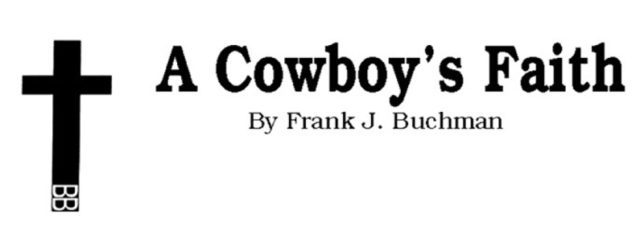Ruts in the pasture are like a gash on the cheek.
We’ve always thought that, and we have been reminded of it in recent weeks. Blizzard conditions left large snow accumulations, and thawing temperatures brought mud. When livestock are wintered on pastures, they generally require feed of some sort.
Those who do not graze rangelands during the summer generally have adequate roughage for the cold weather feed source, without supplementation.
Our program is so devised that grasslands are all grazed or hayed during the summer, but used year-round as livestock habitat, thus requiring almost daily feeding of livestock wintering on it. When drifts were high, it was impossible to get to some locales. The critters may not have liked it, but there was enough short dry grass for survival.
With all of the mud that has followed, it’s impossible to get anywhere off main roadways without leaving a track. The problem is that there’s much more than a trail, and every time one goes across the pasture, a rut is formed, and it continually becomes deeper with each passing.
An alternative to following the same route is going to a different place in the pasture, and then it’s scarred as well. There is no relief, and a pasture soon becomes a mess, to say the least. Tracks are everywhere, and some of them are a foot or more deep.
We’ve never forgotten attending a conservation meeting years ago when Harold Ensley, The Sportsman’s Friend, was a featured speaker. He told about a cow trail becoming a ditch, then a draw, then a creek and finally a river. That takes a while, but it is the way many draws and ravines in pastures were formed, in our opinion.
Places in our pastures have been traveled during muddy conditions in years gone by, and they are already impassable. Grass still grows in what was prime hay meadow, but it’s virtually impossible to harvest, because of the rough terrain.
A razor nick on our chin might bleed “like a stuck pig” for a little bit, but it’ll soon heal and be forgotten. Such is not the case with a scar in the pasture. Ole Mother Nature is tough, and the beautiful prairie can survive, but the ditches will grow if paths and ruts are not mechanically smoothed. Grass will return, not overnight, but in many years.
Several dedicated Flint Hills landholders have done their part to preserve the native rangelands by building gravel roads through them. Opinions vary about the correctness of this management course, but we admire it.
Yes, some grass is destroyed, but multiples of acres are saved from destruction, because it is not necessary to drive on them during muddy conditions. Thus, the long recovery process is not required.
Yet, we are reminded of nature’s great recuperation power in Deuteronomy 32:39: “I kill, and I make alive. I wound and I heal.” Of course, we must remember First Peter 2:24: “He used his servant body to carry our sins to the Cross, so we could be rid of sin, free to live the right way. His wounds became our healing.”
+++ALLELUIA+++
